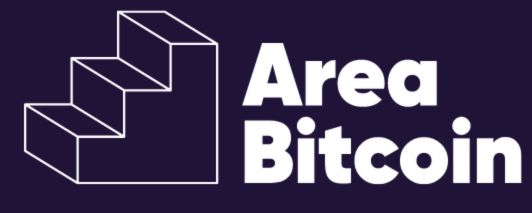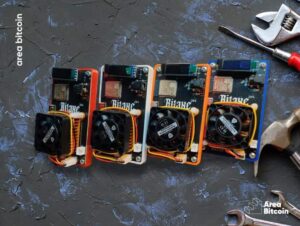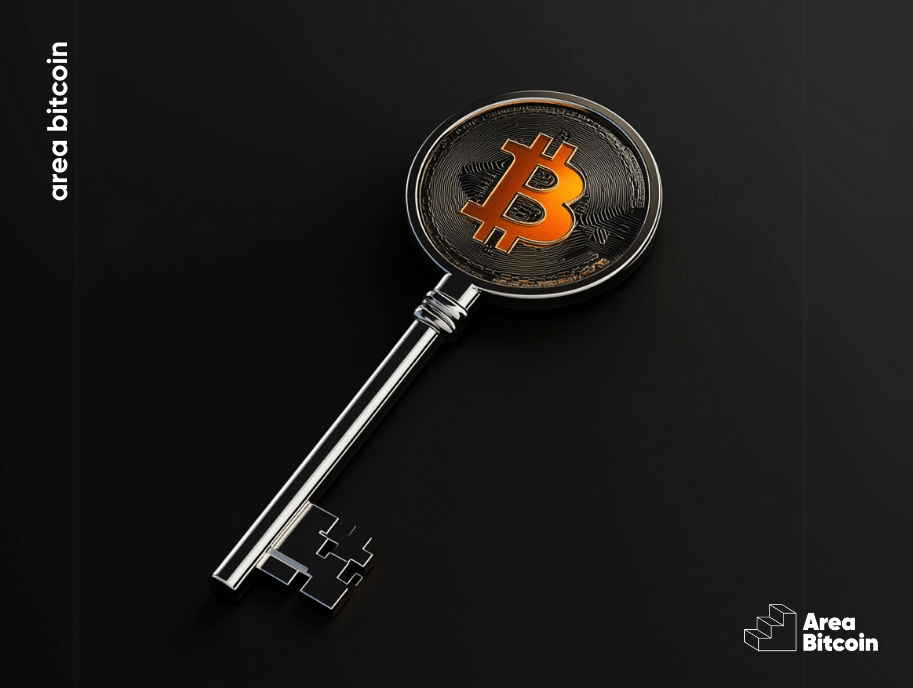As Bitcoin has evolved, several formats of Bitcoin addresses have emerged to improve security, privacy, and other aspects for users.
Some addresses are more commonly used than others and may or may not be compatible with current wallets or with other types of addresses.
One of the major updates to Bitcoin was the introduction of SegWit (Segregated Witness) in 2017. This update not only changed the way transactions are processed but also brought new Bitcoin address formats.
With this 2017 update, Native SegWit (Bech32) addresses were introduced—and that’s what we’re going to dive into today.
Ready to jump in?
What is SegWit?
SegWit (Segregated Witness) is a protocol update that was introduced to Bitcoin in 2017 to fix the issue of transaction malleability and improve scalability.
The idea for SegWit was first proposed in 2015 by Pieter Wuille, a Bitcoin Core developer and co-founder of Blockstream, a company focused on Bitcoin services.
SegWit was designed to tackle transaction malleability, which basically means altering transaction data. The concern was that transaction data could be modified by third parties before being confirmed on the blockchain.
Block Size War
This proposal sparked a huge debate in the community, known as the “block size war.” At that time, transaction fees were high because transactions were taking up too much space in the blocks.
The community was split: one side wanted to keep 1 MB blocks, while the other side wanted to increase the block size to 8 MB to allow for more data, and therefore more transactions, to fit into each block.
This heated debate eventually led to the famous hard fork that created Bitcoin Cash.
However, to address the transaction size and block space issue, a soft fork was proposed. Then, on August 23, 2017, SegWit was activated.
SegWit introduced a second layer to Bitcoin transactions, making them lighter and taking up less space in the block.
This new layer contains witness data, or the information that gets attached to each transaction, which used to take up significant space in the block.
Thanks to SegWit, the transaction malleability problem was fixed, and scalability improved. The network became a bit faster, and transaction fees were reduced.
Out of this update came Native SegWit Bitcoin addresses.
What are Native SegWit Addresses?
Native SegWit addresses are a type of Bitcoin address that uses the Bech32 format. They start with “bc1” and are designed to make transactions more efficient and less prone to errors.
Unlike SegWit addresses that use the P2SH (Pay to Script Hash) encoding system, Native SegWit relies on Bech32.
Native SegWit addresses consist of 32 alphanumeric characters, starting with “bc1…”. These characters include letters from A to Z (except “b”, “i”, “o”) and numbers from 0 to 9 (except the number 1).
Here is an example of a Native SegWit address:

This type of address comes with built-in error detection, which helps catch almost all typing mistakes and, in some cases, even pinpoints where the error is.
The difference between SegWit and Native SegWit (Bech32)
SegWit is a Bitcoin update that changes how transaction information is stored, boosting scalability and security. Native SegWit takes this a step further by using a new address format, starting with “bc1“, to make transactions even more efficient and less error-prone.
Advantages of using Native SegWit
When SegWit was introduced, one of its main changes was the improvement in transaction scalability. This means transactions became lighter on the network and, consequently, cheaper and faster.
This occurs because transaction data occupy space in the block, making the transaction more expensive and slower. Segregated Witness (SegWit) condenses these transaction data and reduces the space they occupy in the block.
Native SegWit addresses made this even more efficient. They only use 211 vbytes in the block, compared to SegWit addresses, which occupy 267 vbytes.
The advantages of using Native SegWit addresses are:
- Lower fees compared to other addresses.
- Faster transactions.
- Takes up less space in the block.
- Better error detection.
- Greater legibility.
Disadvantages of using Native SegWit:
- As they are ‘new’ addresses, some platforms and wallets may not yet support this format.
- They may not be compatible with older address formats.
Wallets that support Native SegWit (Bech32)
Thanks to its efficiency, Native SegWit is already supported by many of the top Bitcoin wallets.
Here are some of the main wallets that support this type of address:
- Blue Wallet (Android, iOS, Desktop)
- Electrum (Android, iOS, Desktop)
- Green (Android, iOS)
- Wasabi (Desktop)
- Trezor (Hardware Wallet)
- Jade (Hardware Wallet)
- Coldcard (Hardware Wallet)
Addresses compatible with Native SegWit
Currently, there are three main types of Bitcoin addresses, each with its own characteristics and compatibilities:
- Legacy,
- SegWit,
- and Native SegWit.
Legacy Addresses
These are the original Bitcoin addresses and start with “1”. They aren’t compatible with newer SegWit formats, so you can only send bitcoins TO a Legacy address from another Legacy address.

SegWit Addresses
Identified by the starting “3”, these addresses are an upgrade from Legacy addresses. They offer lower transaction fees and faster confirmation times.
You can send bitcoins FROM a Legacy address TO a SegWit address without any problems.
However, it is not possible to send bitcoins FROM a SegWit or Native SegWit address TO Legacy addresses.

Native SegWit Addresses (Bech32)
These addresses start with “bc1” and are a more efficient evolution of SegWit. They provide even lower fees and faster transactions.
Conclusion
The Bitcoin community, led by Bitcoin Core developers, is always working on updates to improve the user experience, making things easier, more secure, and more private for bitcoiners.
Right now, Native SegWit is one of the best options for those looking for efficiency, low fees, and fast transactions. But in the future, we may see new address formats with even more enhancements.
In the meantime, it’s important to understand the current address types, their differences, and the pros and cons they bring. So, if you’re after lower fees and better efficiency, Bech32 could be the way to go for your transactions.
I hope you found this article helpful. Don’t forget to share it with a friend, and see you next time!
Share on your social networks:

Founder of Area Bitcoin, one of the largest Bitcoin education projects in the world, she is a marketer, passionate about technology, and a full-time hands-on professional. She has participated in major Bitcoin conferences such as Adopting Bitcoin, Satsconf, Surfin Bitcoin, and Bitcoin Conference.
Did you like this article? Consider buying us a cup of coffee so that we can keep writing new content! ☕







